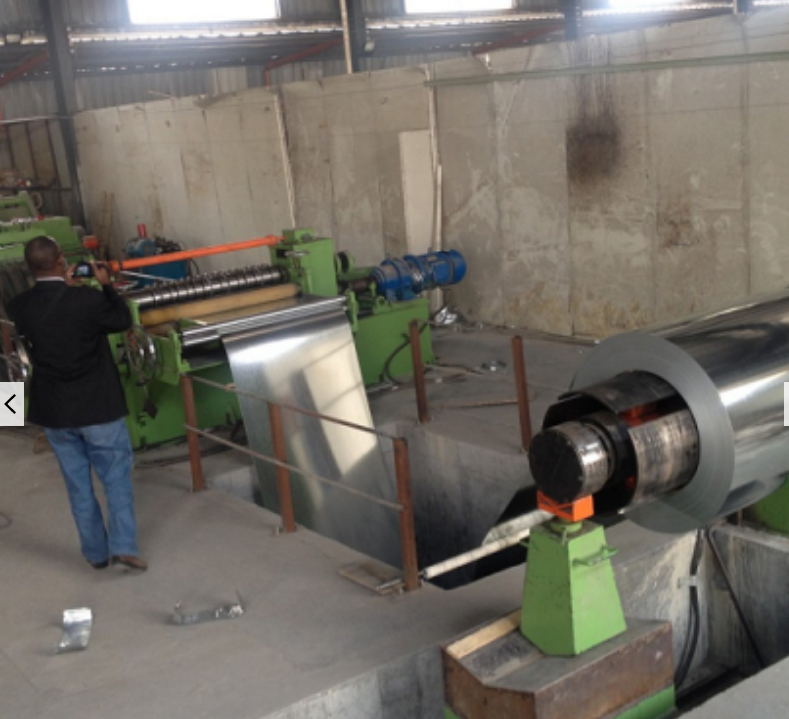Automatic Beam Welding Machine Revolutionizing the Welding Industry
The welding industry has continually evolved over the years, driven by advancements in technology and innovative methodologies. Among these innovations, the automatic beam welding machine stands out as a transformative solution that enhances efficiency, accuracy, and safety in metal fabrication. This article explores the features, benefits, and applications of automatic beam welding machines, highlighting their significance in the modern manufacturing landscape.
Understanding Automatic Beam Welding Machines
Automatic beam welding machines are specialized equipment designed to perform welding operations on large and complex structures, such as steel beams and frames, more efficiently than traditional manual methods. These machines use high-precision robotic systems equipped with advanced welding technologies, including MIG (Metal Inert Gas), TIG (Tungsten Inert Gas), and submerged arc welding.
The automation aspect of these machines allows them to operate continuously with minimal human intervention, ensuring a consistent quality of welds. Programmable logic controllers (PLCs) and computer numerical control (CNC) systems enable operators to set specific welding parameters, such as speed, voltage, and temperature, thereby ensuring uniformity across production runs.
Benefits of Automatic Beam Welding Machines
1. Increased Efficiency One of the primary advantages of automatic beam welding machines is their ability to significantly reduce production time. While manual welding can be time-consuming, automated processes can complete tasks in a fraction of the time, leading to higher output rates.
2. Enhanced Precision The use of robotics and advanced control systems results in highly accurate welds with minimal variance. This precision helps eliminate defects and reduces the need for rework, which can be both time-consuming and costly.

3. Cost-Effectiveness Although the initial investment in automatic beam welding machines can be substantial, the long-term savings are substantial. The reduction in labor costs, increased production rates, and minimized material waste contribute to a compelling return on investment.
4. Improved Safety Welding is often associated with hazardous environments, including exposure to fumes, intense heat, and potential accidents. By automating the welding process, operators can maintain a safe distance from dangerous areas, thereby reducing the risk of workplace injuries.
5. Versatility Automatic beam welding machines are designed for versatility, making them suitable for various applications across industries, including construction, automotive, aerospace, and shipbuilding. Their ability to handle different materials and thicknesses expands their usability in diverse projects.
Applications in Various Industries
The versatility and efficiency of automatic beam welding machines have made them indispensable in several sectors. In the construction industry, they are widely used for fabricating steel structures, such as buildings, bridges, and support frameworks. Their precision plays a crucial role in ensuring the structural integrity and safety of these projects.
In the automotive sector, these machines are employed to manufacture chassis and frame components, delivering consistent quality and meeting stringent industry standards. The aerospace industry also benefits from the use of automatic welding machines, where precision and reliability are paramount.
Conclusion
As industries continue to demand higher efficiency, precision, and safety standards, automatic beam welding machines provide a practical solution to meet these needs. By leveraging advanced technologies, these machines revolutionize the welding process, enabling manufacturers to produce high-quality products with reduced lead times and costs. As the adoption of automation in welding becomes more widespread, the future of metal fabrication looks promising, driven by the capabilities of automatic beam welding machines.